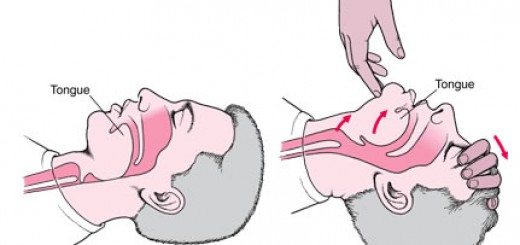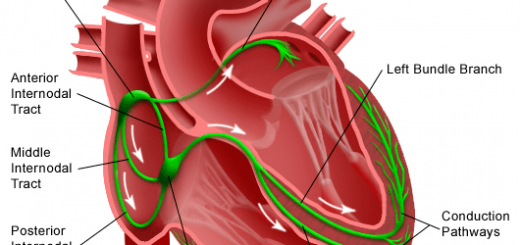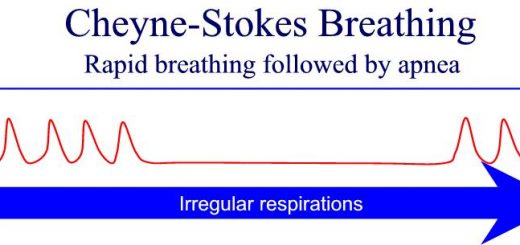The four Bs of first aid
The four Bs of first aid is a technique used to prioritise injured casualties in an emergency situation. This is useful during incidents where there may be multiple injured casualties such as at a road traffic collision / accident. If you ever find yourself in a situation such as this then just remember the four Bs!
Breathing
You first priority should be casualties who are not breathing normally. Without first aid intervention, these 
Want to find out more? Check out our free online first aid course module: how to help someone who is unconscious.
Bleeding
Your next priority should be casualties who are bleeding from external wounds. Severe bleeding can kill incredibly quickly so its vital you provide immediate first aid treatment. Want to know how? Check our how to help someone who is bleeding.
Breaks
After bleeding comes ‘breaks’. This refers to casualties with suspected broken bones (fractures). Fractures can cause serious internal injuries, and may also be bleeding if they are open. Check out our free first aid guide: First aid for fractures
Burns
Finally, the last B! Despite being at the end, burns can be very serious injuries depending on the size and the cause. You should work quickly to cool any burns. Want to know how? Take a look at our module: first aid for burns.






Completely understandable that setting contingencies for checking if the person is breathing normally takes more precedence. Nice overview of some concepts for others to be considerate of, and it’s a useful way to create a mnemonic as well! Thanks for posting this, and I’ll be sure to check out the suggested links as well!
This is really useful.
In Allied Health we had so many acronyms to go over and learn. But it was so helpful it didn’t matter.
I will definitely be adding this one to the list.